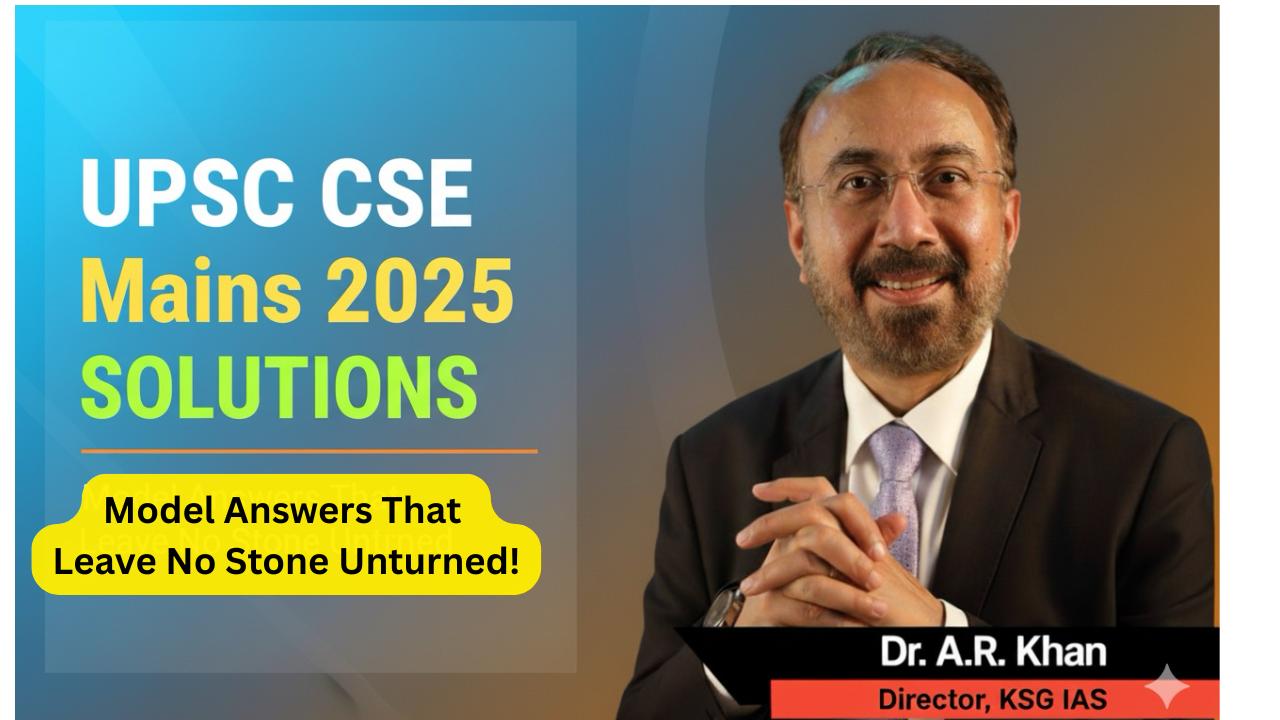Q16. Inequality in the ownership pattern of resources is one of the major causes of poverty. Discuss in the context of ‘paradox of poverty’.
Possible Introductions
Conceptual intro:
The paradox of poverty refers to situations where regions rich in natural or economic resources still experience persistent poverty due to inequality in resource ownership and distribution.
Fact-based intro:
India is the 5th largest economy globally, yet as per NITI Aayog’s MPI 2023, about 230 million people still live in multidimensional poverty, highlighting the paradox of coexistence of wealth and deprivation.
Philosophical intro:
As Amartya Sen argues, poverty is not mere lack of resources but lack of capabilities and equitable access — making inequality a key cause of persistent poverty.
Main Body
1. Inequality in Ownership of Resources → Poverty
-
- Land: 86% of Indian farmers are small/marginal with less than 2 hectares (Agricultural Census, 2015–16). Landless labourers depend on casual work, perpetuating poverty.
- Capital: Wealth concentrated in few corporates; credit access denied to small entrepreneurs. Oxfam India Report (2023): top 1% own 40.5% of total wealth.
- Natural Resources: Mineral-rich states like Jharkhand, Odisha, Chhattisgarh remain poor due to displacement, elite capture, corruption. The resource curse phenomenon fuels paradox of poverty.
- Human Capital: Unequal access to education, healthcare, and skills perpetuates low productivity and poverty.
- Gendered Ownership: Women own less than 13% of land in India, limiting economic empowerment.
2. Paradox of Poverty in Resource-rich Settings
-
- Mineral-rich but poor states: Despite coal, iron ore, bauxite, Jharkhand & Odisha rank low in HDI.
- Green Revolution regions: Wealth concentration in big farmers led to rural inequalities, marginalising smallholders.
- Urban paradox: Cities generate wealth but house sprawling slums (Mumbai, Delhi).
- Global parallels: African nations with oil/gas (Nigeria, Angola) still face poverty — a classic “resource curse.”
3. Why the Paradox Exists
-
- Elite Capture: Benefits of growth cornered by few.
- Displacement without Rehabilitation: Tribals and minorities excluded from development projects.
- Weak Redistribution: Limited land reforms, weak taxation of the rich.
- Governance Deficit: Corruption and poor institutions exacerbate poverty amid wealth.
Sweet Spot – Table
| Resource Type | Inequality in Ownership | Poverty Outcome | Example |
|---|---|---|---|
| Land | Unequal holdings, landless peasants | Low farm productivity, debt | Bihar, UP |
| Minerals | Elite capture of mining benefits | Tribal displacement, poverty | Jharkhand, Odisha |
| Capital | Top 1% control 40% wealth | Lack of SME credit | India-wide |
| Urban Assets | Real estate concentration | Slums, informal work | Mumbai, Delhi |
Possible Conclusions
Balanced:
Inequality in ownership patterns transforms resource richness into a poverty trap, reinforcing the paradox of poverty.
Policy-linked:
Strengthening land reforms, inclusive credit access, PESA/FRA implementation, and progressive taxation can reduce inequality.
Philosophical:
As Gandhi said, “The world has enough for everyone’s need, but not enough for everyone’s greed.” The paradox arises from inequity, not scarcity.
Forward-looking:
For India@2047, addressing inequality in ownership through redistribution, capacity-building, and sustainable resource governance is key to eradicating poverty.

